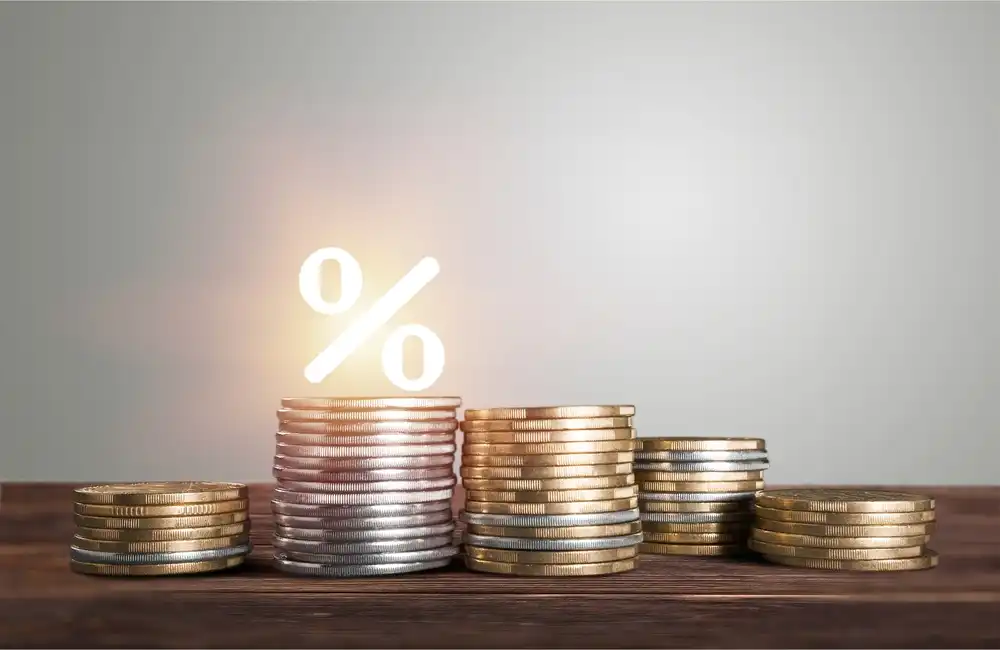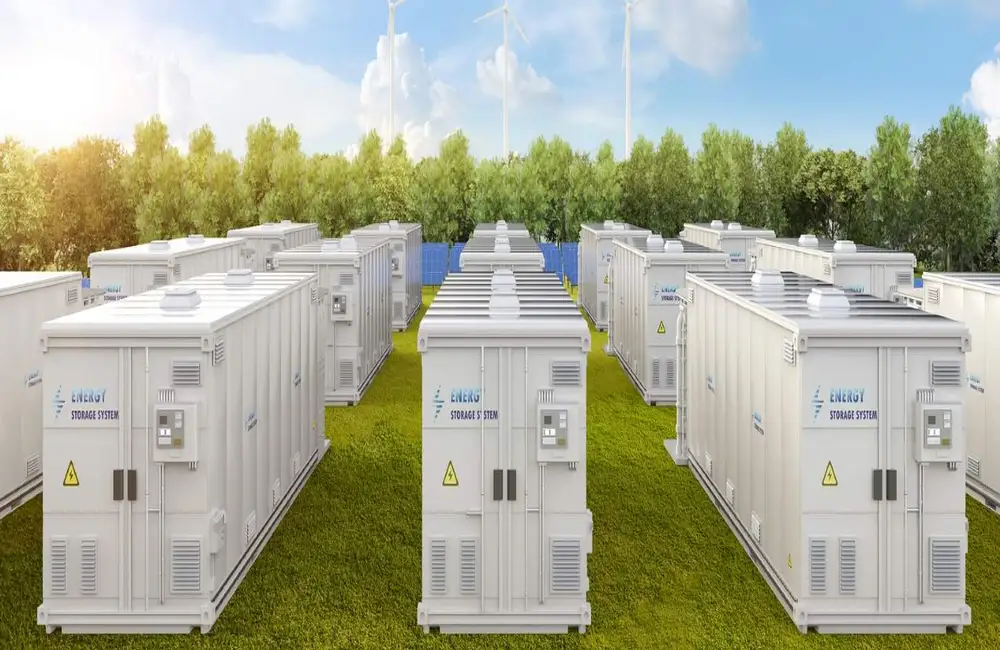It’s the best of times and the worst of times for battery storage players in Europe.
The continuing volatility in the European power market has made the case for grid-scale batteries clearer than ever, but continuing supply constraints in combination with the prohibitive cost of key materials, not least lithium, still paint a complex picture for project development.
Batteries are now “incredibly profitable” in the “crazy” environment of high and fluctuating power prices, noted Sam Wilkinson, director of clean technology and renewables.
Particularly, those operators engaged in wholesale arbitrage charging up when prices are low, dispatching when prices are high, have likely been enjoying a bumper year as market prices shot to all-time highs.
Those forces of battery investment are likely to sustain thanks to longer-term policy signals, such as the European Union’s REPowerEU strategy, which aims to phase out Russian gas imports and accelerate the bloc’s energy transition.
The strategy targets wind and solar projects at an elevated capacity ambition of 510 GW and 600 GW, respectively.
“The amount of storage they’re talking about, the levels of renewables they’re talking about, is so much higher than what we currently have,” Wilkinson said in an interview.
The latest forecast by Commodity Insights for total energy storage installations in Europe in 2030, covering both EU member nations as well as non-EU members, comes in at 44.6 GW, or almost a doubling of its previous forecast of 23.7 GW made in February.
Though the output cannot all be laid at the door of REPowerEU, it is nevertheless the biggest one-off forecast upgrade that the group has ever announced.
“There is this exponential growth path that we see for energy storage over the next 10 to 15 years,” Peter Kavanagh, chief executive of the United Kingdom-based company Harmony Energy Ltd, which brought online Europe’s largest battery storage project in November the 98 MW/196 MWh Pillswood project near Hull, Yorkshire told Reuters.
“More onshore wind, offshore wind and solar on the system means more intermittency,” Kavanagh said in an interview, noting that to “really make the network efficient” it needs batteries.
Competing with EVs
But, while the fledgling market for battery storage in Europe may be larger than ever, there has arguably never been a more difficult environment for developers.
The increased demand for lithium-ion batteries for electric vehicles is creating shortages in the storage market, which is a fractional part of the overall battery demand as compared with EVs. The project pipelines of the 10 top energy storage companies amount to roughly 10% of automaker Volkswagen AG’s battery procurement plans over the next three years, Wilkinson estimated.
“Their purchasing power is near zero compared to the automotive companies,” he added. “This puts them in a hard position to source batteries.”
These supply constraints, along with the increasing cost of raw materials, such as lithium, are sparking enormous pressure on the cost of batteries. Platts assessed lithium carbonate (CIF North Asia) at $75,000/mt Dec. 30, 122% higher year on year, according to data.
“The major problem is... the car industry doesn’t care much about being exposed to lithium prices,” Wilkinson said. Consumers purchase cars at a given date, whereas energy storage projects have longer development windows, which means drastic cost changes can be a “huge problem” when it comes to accessing financing.
UK growing fast
The latest forecast from Commodity Insights places the UK as Europe’s top market for grid-scale energy storage by 2030, when 12.5 GW of capacity will be sited there, ahead of 8.1 GW in Germany and 5.1 GW in Spain. In February, the group had set its outlook for the UK at 6.5 GW.
Some of the UK’s leadership on battery storage is due to its early-mover status. In 2016, National Grid PLC awarded four-year, enhanced frequency response contracts to eight projects totaling 201 MW more than had been installed in all of Europe to that point.
“The market’s changed quite a bit since then,” Kavanagh said. Not least, the story that batteries require long-term contracted revenues nearly entirely evaporated. Harmony Energy's batteries will provide eight services to the system, ranging from arbitrage to frequency response and ancillary services.
More fundamentally, operators also see a role for batteries to support the UK’s dash for offshore wind, a quantum leap the UK aims to increase to 50 GW by 2030.
Batteries serve a purpose “like an insurance policy or a shock absorber,” said James Basden, founder director of developer Zenobe Energy Ltd.
So instead of grid companies having to pay wind farms to be curtailed when there’s a sudden surplus of offshore wind, then being recharged when demand begins to pick up, excess electricity will be stored by the batteries and then discharged when demand for it rises.
“That has a huge benefit in savings to the consumer,” Basden said in an interview.
Zenobe recently commenced construction on three batteries in Scotland, totaling 1 GW/2 GWh, which the company says will see consumer bills lowered by over £1 billion over 15 years by cutting the ever-expanding burden of wind farm curtailment.
Meanwhile, supporters argue that batteries should also make their mark on cold winter days when the wind does not blow and would be compensated handsomely.
On Dec. 12, when the UK’s temperature hit a low, two coal-fired plants were almost back online, and a gas plant briefly made a record GBP6,000/MWh in the balancing mechanism the market National Grid Electricity System Operator Ltd. uses to balance the nation’s supply and demand.
“It is a super difficult time for [battery storage],” Wilkinson said, “but the overall opportunity is as large as it has ever been.”




















